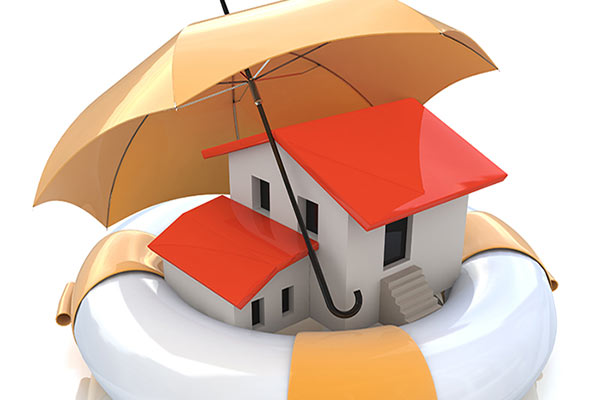Nuts and Bolts of Homeowner’s Insurance

Home Insurance, in simple words, helps solve unexpected home financial situations that can result from unforeseeable disasters to your home, or the items in your home. There are many factors that impact a homeowner’s insurance policy, such as; what losses are covered and the coverage limit. Understanding your home insurance policy can help you decide the best policy tailored for your property and family. Here is what you should look out for:
- The structure of your house as well as attached structures and fixtures. This includes decks, porches, garages, etc. This will need to be annually updated as it varies based on the value of your home. You might also be required to adjust your coverage for occasions when you add items that increase the value of your home; this can be as minor as decks or renovations.
- Specialty items/ Personal Property
You will need to clarify whether your policy covers replacing the items affected or paying out the actual cash value of the item pro-rated for age, use and condition. If you have items in your home that are particularly valuable, you will want to ensure the policy. Another factor to consider is the claim capacity, however, most insurance providers will allow you to purchase additional coverage for specialty items.
- If your home is inhabitable after a claim, then the loss of use insurance will help your family manage while your home is being rebuilt or repaired. Hotel expenses, meals, and incidental expenses are covered by this portion of your home insurance policy, typically for a specified period of time or to a maximum dollar amount [Source: Insurance Hotline].
- Additional Theft Coverage & Forgery Protection; Gives the homeowner added protection from theft of items in an automobile, trailer, or other personal vehicles, and protects from forgery and credit card theft.
There are essentially three levels of coverage:
- Actual Cash Value – The number is calculated from the value of the house plus the value of the belongings under the coverage policy minus depreciation. Depreciation reflects how much the items are currently worth as opposed to the initial amount you paid for them.
- Replacement cost – This consists of the amount that will be needed to repair/rebuild your home up to the original value. This does not consider depreciation.
- Guaranteed (or extended) replacement cost – This is the platinum level of the coverage policy. The insurer pays whatever it costs to build or repair your home, and is typically allowed to offer 20-25% higher than the policy limit.
Getting yourself set up with a comprehensive homeowner policy can go a long way toward making your home truly a place of comfort and security.

Where Hustle Meets Strategy With The Hasbury Team – Sold Right Away Podcast Episode 271
A Sold Right Away Podcast🎙From Different Worlds to a Shared Vision: The Origin of The Hasbury Team What happens when two powerhouse professionals from completely different industries unite with one mission—to dominate in real estate? You get the unstoppable force that...

Why Your Marketing Isn’t Working & How to Fix It – Sold Right Away Podcast Episode 270
A Sold Right Away Podcast🎙Real Estate Marketing Mistakes That Cost You Clients Are you putting effort into marketing but not seeing results? You’re not alone. Too many realtors are posting, running ads, and networking—but still struggling to convert leads into actual...
